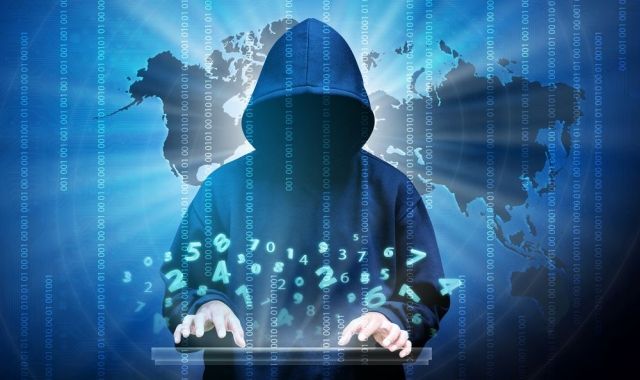
If horror film script writers needed a new subject to inspire fear and make the world tremble, they could do worse than turn to the issue of cybercrime. Since 2014, the World Economic Forum has included hacking among the five biggest global risks, in terms of probability, alongside climate change, unemployment and natural disasters.
A study by McAfee estimates that hacking has a global impact on the economy of between 350 billion and a thousand billion euros a year, almost 1% of world GDP. In Spain alone, last year the average cost of a cyberattack was around 75,000 euros, amounting to a total cost of 14 billion euros for the country’s companies, according to figures from the National Cybersecurity Institute (Incibe). And that’s not all, the figures also say that between 100,000 and 120,000 computers come under attack on a daily basis in our country.
The reality is that we now live in an environment full of cyber-threats that are increasingly well-developed and advanced. And, says the IMF Business School, this became especially clear after five recent far-reaching cyberattacks:
On March 7, the CIA suffered a leak from its database, with more than 8,000 documents allegedly taken by Wikileaks, in an attack known as Vault7. The contents of the files were of prime importance, as they dealt with spying operations and hacking issues, such as vulnerabilities in iOS, errors in Windows and the possibility of turning Smart TVs into surveillance devices.
A month later, the largest hacking attack up to that point took place, affecting a hundred or so countries, and involving the so-called ransomware known as WannaCry. The first warnings of this cyber attack came on May 12 through the Madrid HQ of Telefónica, which ordered all of its employees to turn off their computers once the criminal activity was detected on its intranet. The British health service, the French multinational Renault, the Russian banking system and the German rail network, were all victims of the attack. Fortunately, the powerful ransomware contained weaknesses and it was prevented from spreading all over the world.
Two days before the second round of the French presidential elections, hackers leaked a total of 9Gb of emails from the party of the then candidate for president Emmanuel Macron. The operation was very similar to another attack that had taken place months before, against Hillary Clinton’s election campaign.
In June, another wave of ransomware attacks similar to Wannacry took place, but more advanced and known as Petya. Even though this cyber attack also affected numerous countries, investigators suspect that the main objective was Ukraine, as that was the country whose infrastructure was most affected.
Another cybercrime to highlight is that suffered by the US credit reporting firm, Equifax, which confirmed a breach of its database that could have exposed the private information of around 143 million people.
Even though it is common to think that these attacks are always targeted at large firms, there are studies showing that more than 43% of cyberattacks are also against European SMEs.